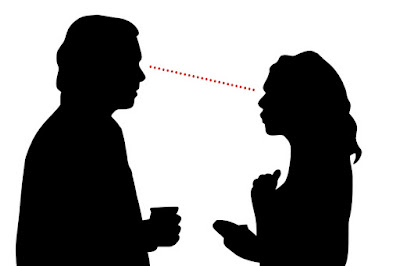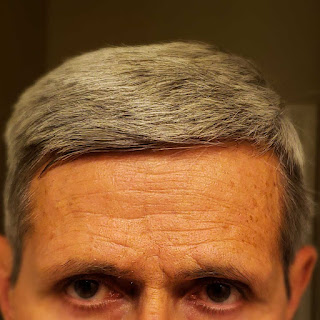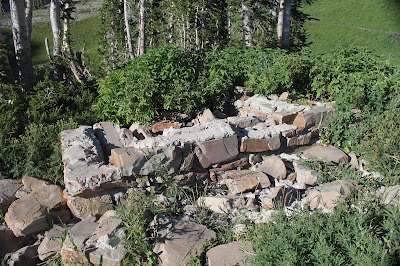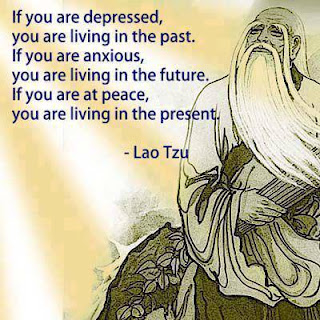Calm in the storm

Seven years ago this week, Bonnie and I were hiking in Glacier National Park. At one point we took a short boat shuttle ride across a lake that connected to a hiking trail. As the boat was approaching the far bank, we saw a large mother bear and her cub along the shoreline. They seemed to notice us, and disappeared into the woods near the trailhead. As we got off the boat to start hiking, we were more alert than usual, and I had my can of "bear spray" (a pepper-based deterrent that is usually effective) close at hand. Shortly after we started the hike, we heard a noise near the trail, and then suddenly saw our "mama bear" rise up on her hind legs in the trees about 10 yards away, staring at us for several moments before dropping back down and moving away. With camera in one hand and bear spray in the other, I quickly and instinctively snapped one of the most memorable photos of my life. I recall being more startled than frightened at the moment this occurred. I kn








